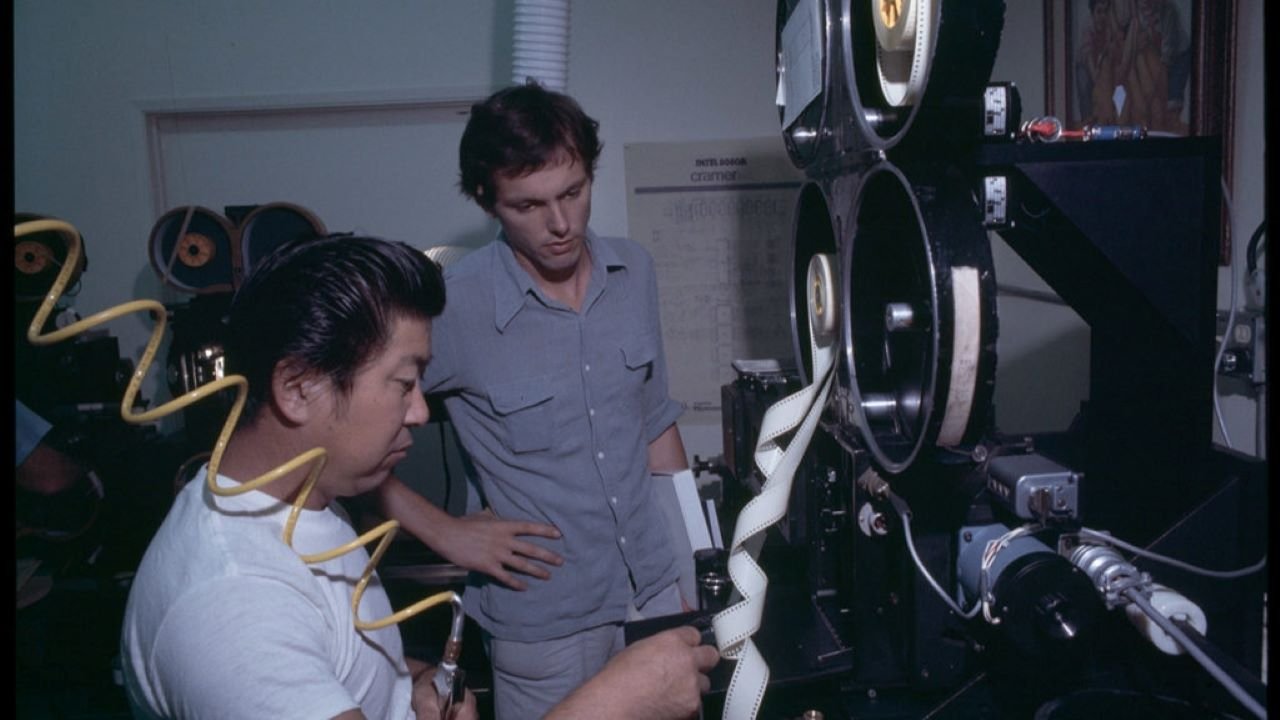ILM Co-Founder And 'Star Wars' VFX Artist Robert Blalack Passes Away At 73
Industrial Light & Magic (ILM) veteran Robert Blalack has passed away on February 2, 2022 at the age of 73.
As one of the pioneering figures in the visual effects industry, Blalack was a leading contributor in the making of Star Wars: A New Hope in 1977, during which he took the role of supervisor for the film's composite optical photography involving miniature and optical effects units. He was in charge of leading the modification and retooling of ILM's optical equipment for running VistaVision, the fabled format chosen for the production of A New Hope. This proved to be no easy feat, as the establishment of ILM's first visual effects pipeline faced many technical challenges and demanded a year's worth of intensive work, leaving only seven months to complete over 300 effects shots by the time the pipeline was ready for action.
Bruce Nicholson, then optical camera assistant on A New Hope, recalled the time when ILM was struggling to get the visual effects done for the movie:
“In the traditional era, compositing was a very complicated and byzantine process, with multiple film elements required for every layer in a shot. It was easy to lose track of shot flow, but Robbie’s system and the help of a couple of coordinators helped keep everything on track. I got along well with Robbie; I admired his fortitude and persistence. We were around the same age, and I felt more comfortable working with him than with the old timers I had worked with previously. He combined artistry and technical knowhow – the main qualities needed for success in visual effects.”
RELATED: Top 7 Ralph McQuarrie Concepts That Changed ‘Star Wars’
Blalack and the team managed to pull through in a group effort with stunning productions for the film, contributing to the Oscar win for Best Visual Effects at the 50th Academy Awards in 1978 alongside colleagues John Dykstra, Grant McCune, John Stears, and Richard Edlund.
Blalack's work was indispensable to the enormous success of A New Hope, setting the example for the huge potential for visual effects in the film industry during the twentieth century. More importantly, his contributions laid the foundation for ILM in its longevous success in optical composting, bringing breathtaking effects to the movie screen and winning numerous accolades at the Oscars. As noted by Blalack at a 2017 ILM reunion in celebration of the 40th anniversary of Star Wars:
“All of us changed the direction of filmmaking. Because of you, visions that were once completely impossible are now within reach. And you know it wasn’t always like that. We discovered that building ILM from scratch during production was like jumping out of a plane and stitching up the parachute during free fall.”
Recently Blalack looked back at the public screening of Star Wars during the first week of the movie’s release back in 1977:
“The lights go out. The Fox logo appears. The Lucasfilm logo. ‘A long time ago in a galaxy far, far away…’ John Williams’ first notes blast. But louder is the roar of cheering and applause for the words Star Wars. The audience keeps screaming and applauding as the Star Destroyer moves endlessly overhead. Shot 101, as I know it, blows open the doors of perception, takes the audience into the cosmos where they dream and points to a universe limited only by the desire to adventure deeper into unseen arenas of the imagination.”
Beyond the galaxy far, far away, Blalack took the audience on an adventure in a variety of action and sci-fi projects such as Jaws 3-D, The Last Dragon, and RoboCop.
Today, the foundation laid by Blalack allowed for ILM’s continuing advances in visual effects technology. From streamlining the process of putting together separate film elements of starships and laser blasts back in 1977, to mastering the blue-screen and green-screen, to first using computer graphics and digital imaging in film, to the latest Stage Craft LED stages, ILM is always innovating and looking to push the limits of filmmaking.
READ NEXT: Doug Chiang: An Unknown Architect Of The 'Star Wars' Prequels
Source(s): StarWars.com, CBR



